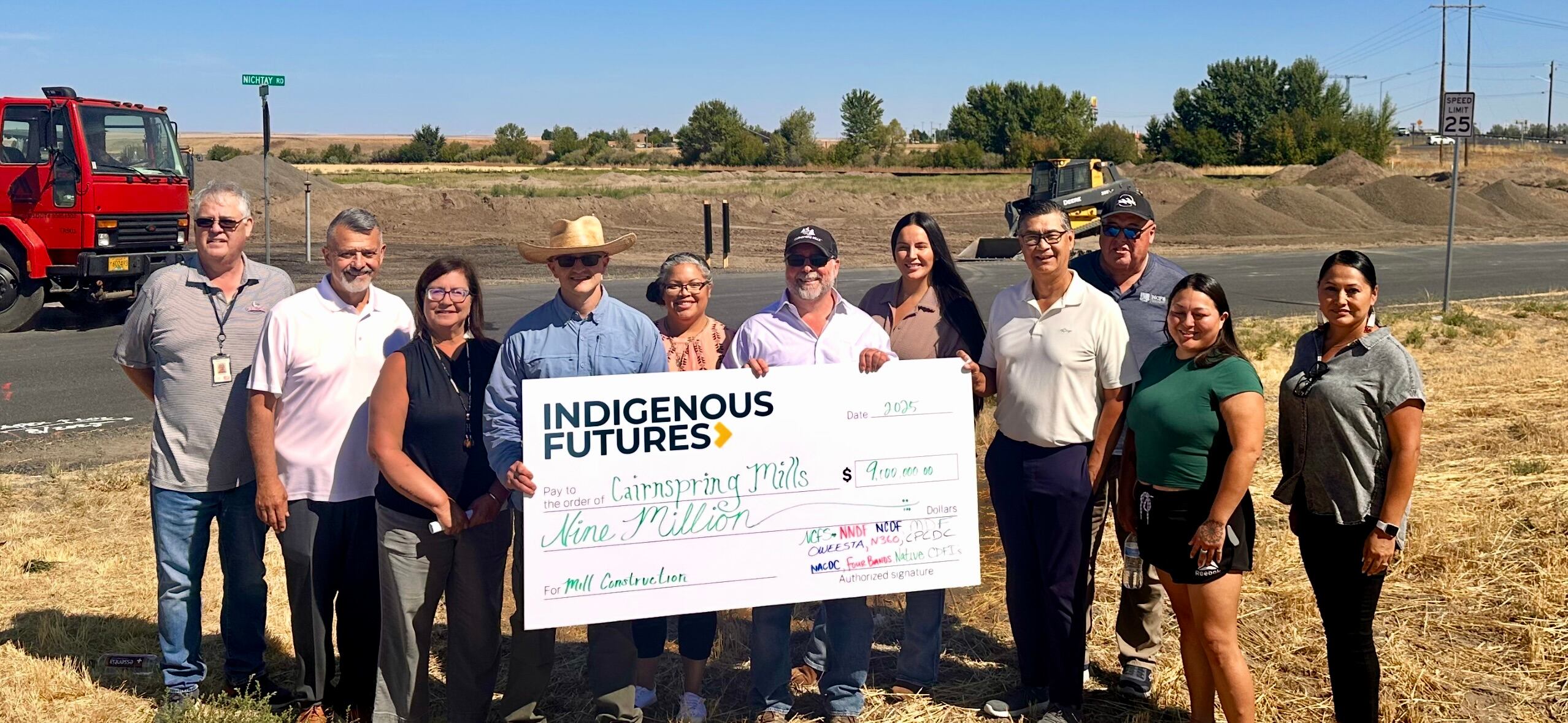Regenerative agriculture not only rebuilds soil health, but it also can rebuild the economic wellbeing of stakeholders across the value chain and communities long damaged by the conventional food system, according to Kevin Morse, co-founder & CEO of Cairnspring Mills.
“We’ve been regenerative before it was a word,” he said, explaining that Cairnspring Mills started operations eight years ago as a way to “maintain a viable farming heritage industry for the next 100 years” by offering producers in the Skagit Valley in Washington state a way to process the non-commodity cereal grains that they grow as a rotational crop to suppress weeds and discourage pests and disease between plantings of their main cash crops.
Larger mills may be uninterested in processing these grains because yields are less predictable and consumer awareness and demand are lower. However, Morse said, consumer response to Cairnspring Mills’ unique flours has been “beyond expectations.” Despite having “almost zero sales and marketing budget,” he said, sales grew 40% year-over-year until the mill hit max capacity about two years ago.
While the company got a boost during the pandemic when consumers desperate for staples were willing to try unconventional products, Morse said repeat purchase rates remained high even when more familiar options were available again.
He attributed this continuity in part to what he calls the “birth of the luminary baker,” who he described as “people who immerse themselves in the bread.
He explained their passion “started as something to do during COVID, but we are finding that the lives we live today, where we are on screens all the time, people are really looking for something tactile and real, something they can share and something they can learn. And so, part of our growth strategy is to provide more opportunities and flours for the luminary baker.”
Creating a ‘craft flour revolution’
While most of Cairnspring Mills’ business is wholesale to foodservice, Morse said interest from luminary bakers showed him the potential for a ‘craft revolution’ in flour that could follow the same trajectory as in the coffee, beer and chocolate industries.
“I really saw that there is an opportunity for a craft revolution in flour similar to what Blue Bottle did for coffee and Pyramid, Dogfish and other early movers did for craft beer,” he explained.
“What really excites me is that grain can be like wine grapes. There are 40,000 varietals. There is terroir in grains. There are grains with a honey finish, a lemon finish. There are a variety of colors from red to purple to white. And as we shared our excitement about what we are learning with the customer and baking community,” we were inundated with questions about what we were doing and why our flour was so flavorful, Morse said.
As demand grew, Morse realized the extent to which his unconventional approach could serve as a new food system model that better benefited players across the value chain as well as the planet.
He explained that creating consumer demand for craft flour from non-commodity grain crops grown in rotation demonstrated the business potential of regenerative agriculture and could encourage more farmers to adopt the practice.
“This is a way we can add value – and that is really the theme of our business when you compare it to what is going on in the industrial milling business today, which is primarily extract,” he said. He explained, “The big mills really extract value from the soil, from the farmer, from the environment, from our health in many ways. And so we are doing something that is actually adding value to the soil, to the farmers’ bottom line, to our enslaved economic situation and wellbeing, and then, hopefully, to the customer with really good, naturally intrinsic grain.”
Scaling up with help from the Umatilla Indian reservation

To build on Cairnspring Mills’ momentum and further amplify the benefits of the new food system it was creating, the company will kick-off on Oct. 1 building a second facility located on the Umatilla Indian Reservation in Pendleton, Ore., at the base of the Blue Mountains.
The new facility will expand Cairnspring Mills’ capacity from 7 million pounds to 110 million pounds annually, create more than 20 local living-wage jobs and give Pacific Northwest regenerative farmers another way to bring to process and bring to market higher value, small batch flour that Morse said is more nutritious because it retains the bran and germ and “alive with flavor.”
He added the mill – and flour it produces – also will help support the financial and physical health of the Umatilla Reservation tribes that manage 15,000 acres of regenerative farmland around the new site.
“It is going to be an extremely powerful partnership,” he said.
“Wheat isn’t indigenous to our land, but it has sustained our people for more than a century. With the Blue Mountain Mill, we can shape it into something better—producing nutrient-rich flour and strengthening a resilient supply chain that supports not only our community, but rural communities nationwide. This is part of a broader movement among tribes to build lasting food security and prosperity for generations to come,” Bill Tovey, director of the Confederated Tribes of the Umatilla Indian Reservation Department of Economic & Community Development, said in a statement.
An alternative financing path
The Confederated Tribes of the Umatilla Indian Reservation, which is made up of the Umatilla, Cayuse and Walla Walla tribes, made a $5 million equity investment in the mill, which will support the tribe’s economic development strategy.
Morse notes Cairnspring Mills has worked closely with the tribe over the past two years to design the mill in a way that meets their needs.
Building the mill also is possible thanks to a crowdfunding campaign completed in July that raised $1 million from more than 500 investors in under a month.
The success of the campaign is “a direct challenge to a $23 billion industry where 87% of milling capacity is controlled by just 10 companies,” according to the company.
Broad support for the project also is reflected in the excitement from buyers, including Patagonia, national bakers and foodservice partners that already secured significant values at the new facility, the company adds.
“We want to uplift everybody who is in this movement, who is supporting not just this mill but their local farmer and providing more food to their community,” Morse said. He added: “All the other small mills around the country are doing a great job and there is tremendous opportunity in this craft flour movement and room for other people to join us in this space.”



